The anti-anxiety drug Xanax, marijuana, and vaping are among the trends experts are watching
BRUSH PRAIRIE — It’s not so much a war on drugs anymore. It’s a never-ending series of battles on a constantly shifting battlefield.
That was the takeaway from a 90-minute public forum on teenagers and drug use this week at Daybreak Youth Services’ RWC Center for Adolescent Recovery in Brush Prairie.

Nationwide, the cost of substance abuse and drug addiction is nearly half a trillion dollars each year. Five billion dollars in Washington State alone. According to the Healthy Youth Survey, 20 percent of 10th graders admit to experimenting with alcohol, while 16 percent are using marijuana.
“Addiction has been shown, through research, to be more like diabetes or asthma than it is like having a short term illness,” says Dr. Olivia Wright, Daybreak’s medical director. “You have a kid that’s going through something, you send them to a place like Daybreak and you think, ‘OK, they’ve been there for a month, everything is going well, they’re clean now, problem over’. It is not over. The relapse rate in one year is 85 percent. People think, ‘oh, this is horrible, that’s Daybreak’. No, this is nationally. Daybreak is one of the better places.”
In fact, Wright says that the average drug-addicted teenager will end up in rehab six times before they get clean.
Xanax on the rise
Much of the forum was spent talking about what the new trends are when it comes to drugs in schools. A major concern is an increasing number of kids using Xanax, a popular anti-anxiety medication. In late April, four teenagers were found unconscious in a yard and driveway near Northeast 79th Street and Northwest 174th Avenue in Vancouver.
“One of the boys, when he woke up, his parents were there, he started fighting with the medical staff, and with the officer,” says Commander John Horch with the Clark Vancouver Regional Drug Task Force. “And they said the foul language he was using was so unusual. They said, ‘our kid doesn’t talk like that’. They couldn’t control him. He eventually had to be taken down to [juvenile detention] to get control, because they couldn’t control him at the hospital.”
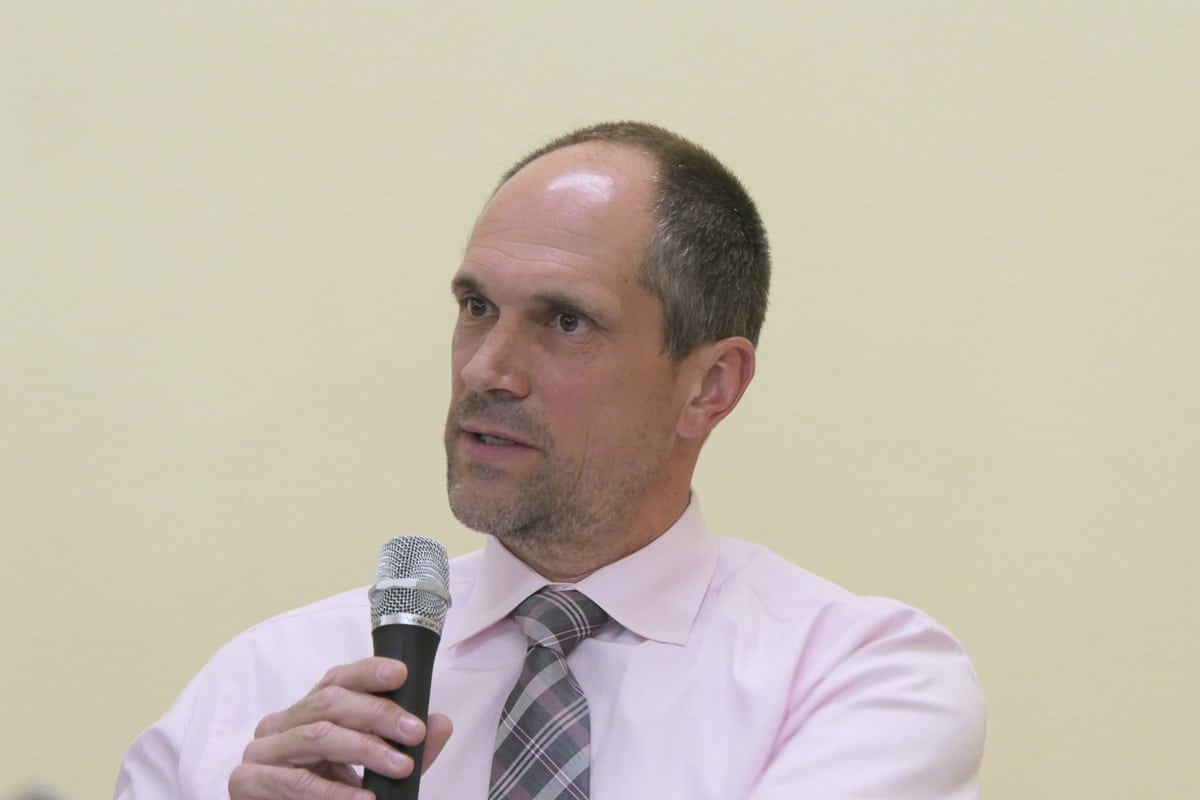
Horch says the boys had Xanax in their system, in addition to marijuana, and one also had traces of cocaine, a drug that seems to be making a comeback in the schools. One was in a coma and had to be hospitalized until he could recover. All four have since been released from the hospital, and investigators used text messages from two of the boys’ phones to track down the person who they believe sold them the drugs. Right now they’re speaking with him, hoping to find out if he’s working with a bigger supplier. But that’s not usually the case.
“The number one source of Xanax is from your cupboards at home,” says Deputy Jason Granneman, a school resource officer at Hockinson High School. “They’re getting it from parents, or an individual student takes it from their parents or whoever they’re living with, and then they take it upon themselves to sell it at their school.”
Sharice Lee is an intervention specialist at Prairie High School.
“This Xanax thing hit us hard,” she says, “I don’t know where it came from personally, but wow. We’ve had a lot of kids doing it, it’s just really popular, and one of the things that you really need to understand about drugs with kids today is that there’s a huge piece of it that happens online. They talk about it a lot online.”
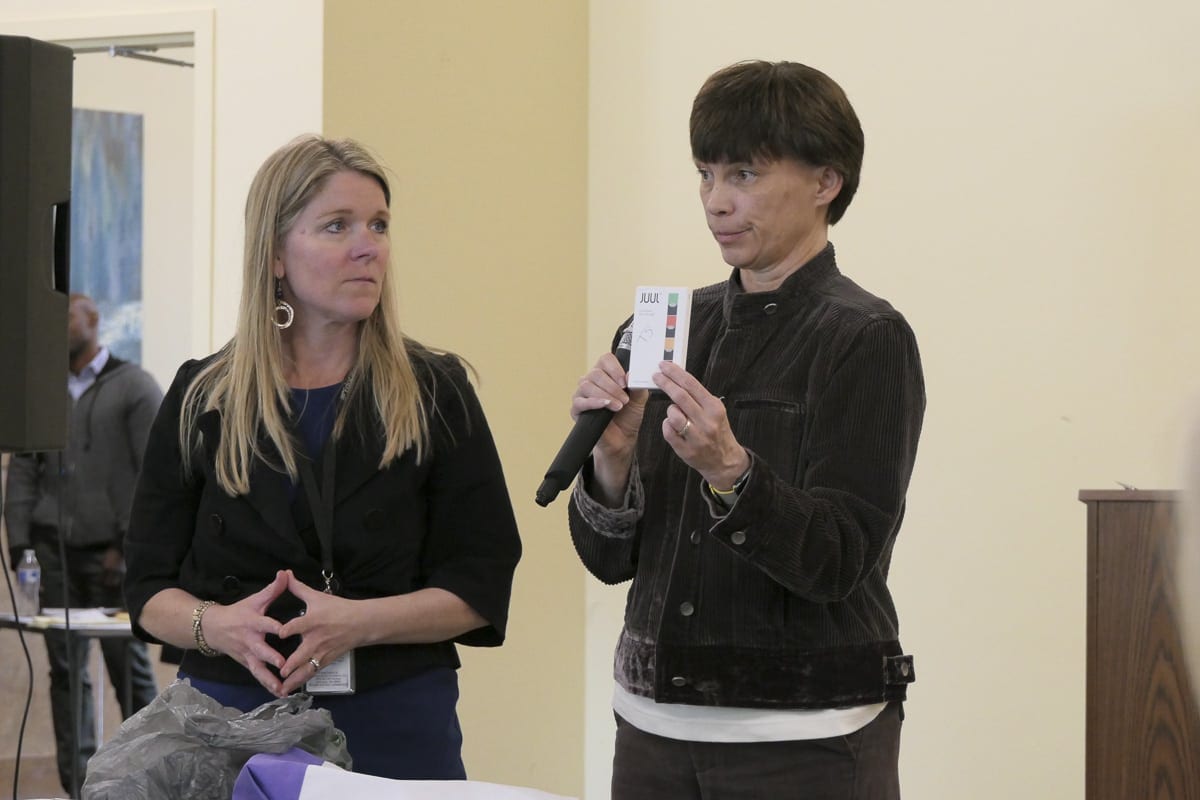
Lee says they often refer to other kids doing Xanax as a “Bartard” or “Xanman”. Dr. Wright says it can be an exceptionally dangerous drug.
“Xanax is really scary. It’s a really addictive prescription medication. It can cause seizures when you come off of it,” she says.
Xanax works by depressing the central nervous system, often leaving kids lethargic and tired. But without it, they often become jittery or paranoid. In extreme cases it can lead to suicidal thoughts and tendencies. If it’s mixed with alcohol, it can lead to severe medical problems or even death.
Vaping on the sly
The fact kids are using things like Xanax isn’t the only scary factor. The rising popularity of vaping and e-cigarettes have many kids experiment with different ways to ingest these kinds of drugs.
Deputy Granneman says kids can often buy vape oil online with nothing added to it. “Vape oil is propylene glycol, which you can dissolve just about anything into,” says Granneman, “so what they’re doing now is they’re getting just regular vape oils and infusing it with whatever they want.”
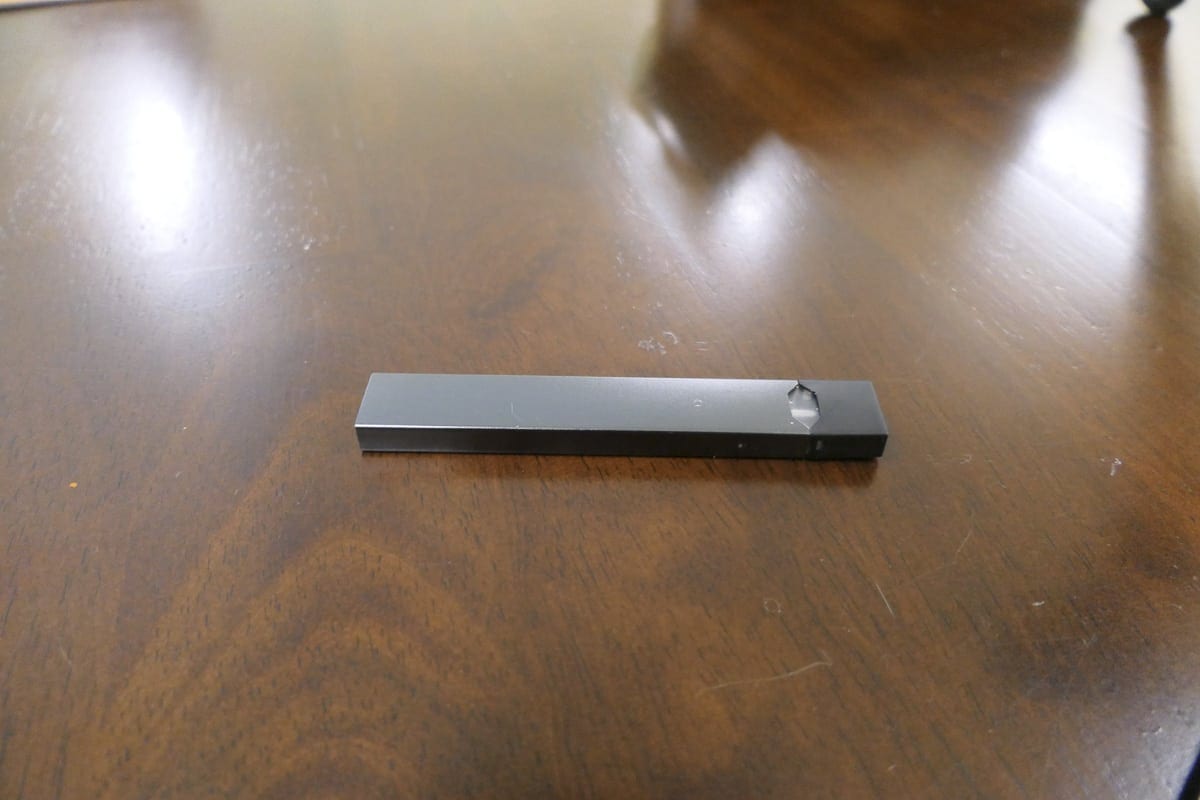
As for what exactly they’re infusing the vape oils with… “The scary thing is… what are they not infusing vape oils with?” says Granneman. “They’re putting all kinds of things in there … anything they can get to dissolve in there. Sometimes it has no effect, and sometimes it puts them in the ER.”
Lee passed around a tiny vaping device known as a Juul, which is highly popular among kids because it’s easily hidden, and something most adults wouldn’t look twice at.
“A lot of adults just assume that’s a thumb drive that you have your homework on, you know?” says Lee, “And you can keep it up your sleeve and just kind of take a quick hit off of it. You really don’t see much vapor coming out, and so it’s really easy to get away with in class. Teachers will say, ‘I was teaching, and all of a sudden I just smelled pineapple, and that’s all I noticed’.”

The company behind the Juul advertises it as a way for smokers to quit nasty cigarettes, and yet still enjoy their nicotine habit, or even THC-infused oils. They have an entire page dedicated to talking about their efforts to not market to kids, and yet the experts at this public forum said those efforts clearly aren’t working.
Lee also showed off a bottle of Candy King vape oil, with a colorful label and a Strawberry Melon Bubblegum flavor. The company behind it, Drip More, labels their oils as “e-Juice,” and their products feature labels that mimic popular kinds of candy. Interestingly, all images of their products on the company’s website have recently been removed, replaced with the words “Rebranding Coming Soon,” so it’s possible criticism of their labeling practices have forced them to make a change.
Lee also passed around various magazines touting the marijuana industry in Oregon and Washington. A persistent theme was removing the stigma of pot smoking, including columns about which movie and music stars admit to regular marijuana use. Dr. Wright says stores that sell the drug have, in many cases, done a good job of projecting a clean and professional image.
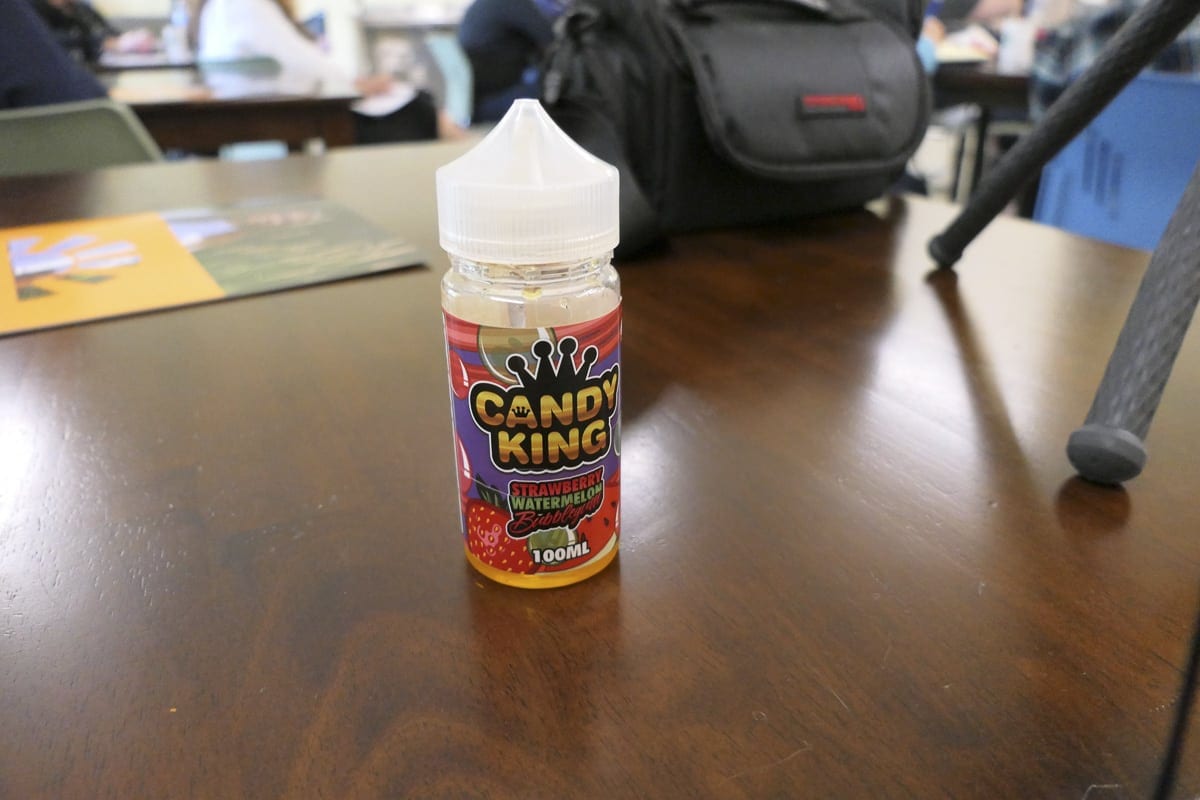
Teens and marijuana use
While more serious drugs like Xanax, opioids, and even cocaine are a growing concern in area schools, marijuana often dominates the conversation.
“Marijuana, they just kind of get more laid back. And you’d think that would be a good thing, right?” says Dr. Wright, “But the brain chemistry in adolescents is not the same as it is for adults, and so these kids think that marijuana is no big deal. It’s legal now, why not? What they don’t realize is their neurologic system is not fully formed, and so when they’re using these chemicals they may have lifetime changes — changes that decrease their ability to extract pleasure from the same activities as everyone else, because their pleasure centers haven’t formed properly, motivation centers don’t form properly, and electrical centers.”
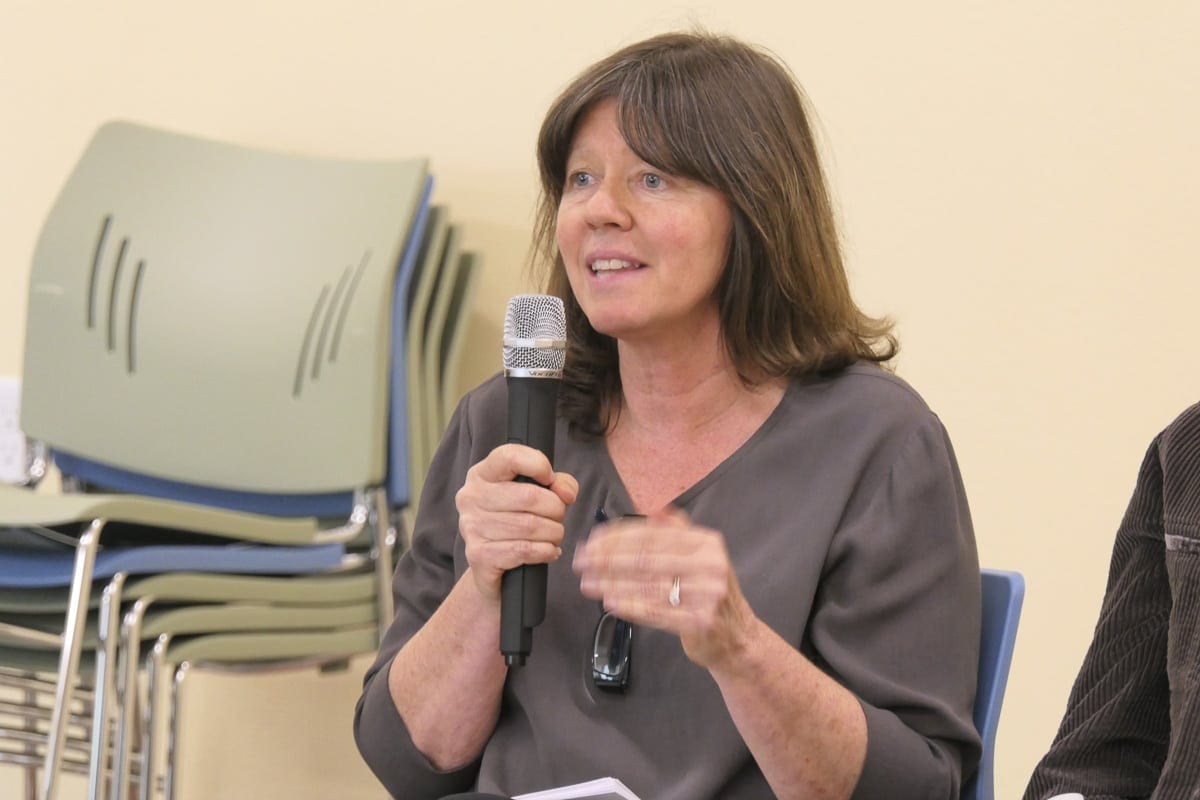
That difference between how a fully grown adult processes the compounds in marijuana, versus a still-developing teenager, leads to a different viewpoint inside Daybreak about whether pot is a gateway drug or not.
“There isn’t a kid in this building who wouldn’t tell you that they didn’t start with marijuana first,” says Daybreak CEO Annette Klinefelter. “I think that’s really been important to understanding for us that they’re like, ‘yeah, it really is a gateway drug’.”
Dr. Wright says oftentimes teenagers begin experimenting with edibles laced with THC, the psychoactive ingredient in marijuana, “and then they’ll decide they want to feel that feeling faster, and it is much more potent when you smoke it than when you eat it.”
Even edibles, which are often much less potent, can present a danger, says Dr. Wright.
“When you take an edible, they may say at the store it’s gonna take 30 minutes to an hour … it may take four hours,” she says, “and sometimes people keep eating stuff, because they think ‘oh, they said an hour and it’s been an hour,’ or it’s been two hours. Then it just hits them like crazy.”
A marijuana overdose can lead to rapid heartbeat, hallucinations, mental confusion, panic attacks and extreme paranoia. While there is no known fatal amount of marijuana, experts warn that the long-term impact of the drug’s use are still unknown.
“There’s a lot of talk about marijuana, there’s a lot of talk about THC, there’s a lot of talk about legalization, and there’s a lot of opinions on marijuana,” says Deputy Granneman. “Here’s what you’re not hearing — the potency rate of marijuana today is unprecedented.”
Granneman says a while back he was working a concert at the Clark County amphitheater, when an older man came out. He said someone inside had given him a small amount of pot, and he had to sit down because it was so strong. With a confused look on his face he asked the deputy, “is it different now?”
“Marijuana has been synthesized. It has had chain-splicing therapy to make it more potent. So when we talk about marijuana, this is not the marijuana of your youth, it’s not the marijuana from the 60’s, or the 70’s… or the 80’s or 90’s,” Granneman adds. “The potency level is unprecedented, and what I’ve seen in kids today is, they show up in the office and they’re like ‘honestly, I had like half a joint,’ and they’re experiencing THC psychosis.”
The experts at the public forum also addressed the myth that there’s no such thing as an addiction to marijuana. While it doesn’t seem to create a chemical dependency, similar to drugs like cocaine, methamphetamine, or other opioids, it can be uncomfortable coming off of the drug. Most often the symptoms are similar to nicotine withdrawals, including irritability, lack of sleep, and a loss of appetite.
Changing the system of punishment
The kinds of drugs kids are getting into, and the ways they ingest them, aren’t the only things changing. There has also been a gradual shift in the way law enforcement, schools, and the drug treatment system deal with the drug epidemic. Deputy Granneman puts the concept succinctly: “You cannot arrest yourself out of addiction issues in your community.”
“We’ve all seen movies, we’ve all seen TV shows, and maybe years ago you would see somebody pulled over in a car and they have a small amount of drugs on them and boom, they’re in jail for like 10 years,” added Commander Horch. “That doesn’t happen. That’s not the norm. With youth or adults.
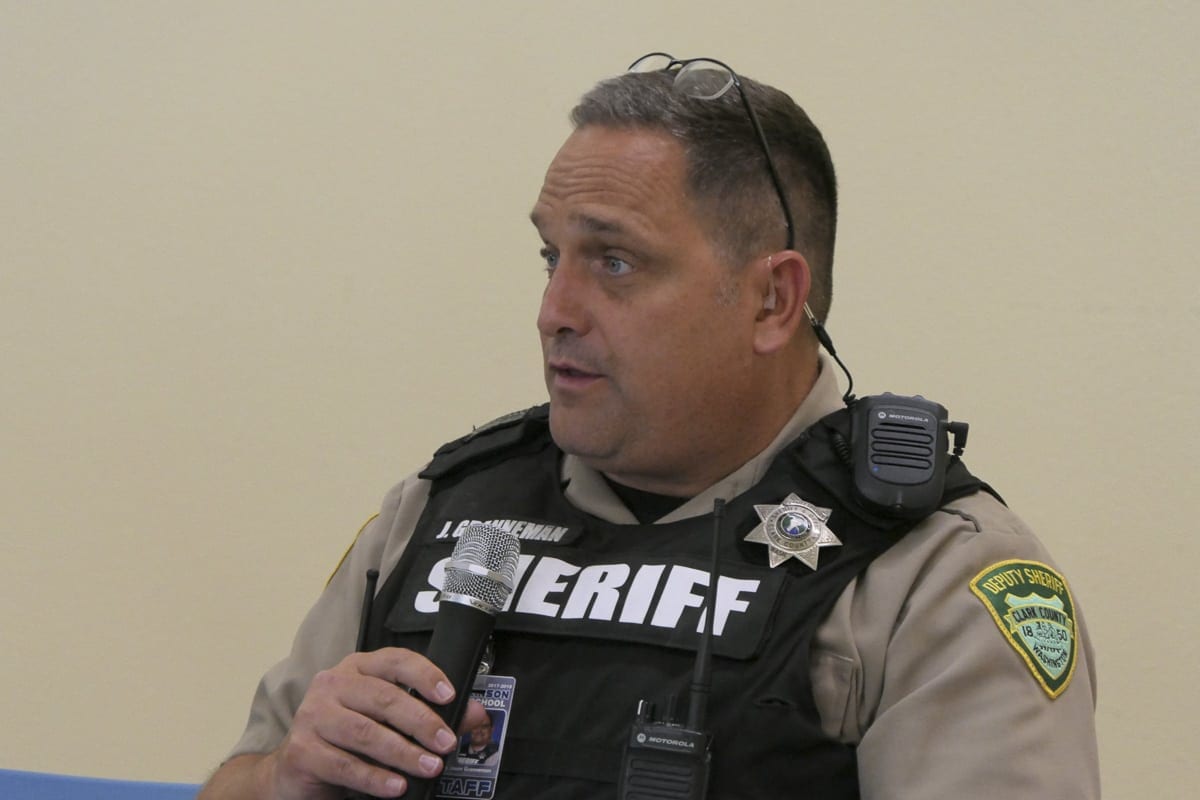
“I think sometimes there’s a misconception that law enforcement is just out to bust people,” he added. “We’re out to make the community safer, however that is. Sometimes that means yeah, we’re going after drug dealers and they’re getting arrested.”
The sobering reality, say Horch and Granneman, is that there’s no way the system could handle arresting everyone who buys or sells illegal drugs.
“I could arrest fifty people [for drug possession] today if I wanted to,” Horch says. “You go to Taco Bell down here at two in the afternoon and I could watch a drug deal go down. I can go to Winco and watch a drug deal. I see them go down all the time when I’m out and about. You guys don’t do this for a living, [Deputy Granneman] and I see them all the time. They’re very quick, but we pick up on the cues.”
Horch says the idea now is to focus on the worst offenders, and spending more time and efforts trying to track down the sources of the illegal drugs to cut off the supply. Meanwhile, the cost of treating addicts continues to soar. That’s why schools are working to change how they deal with kids who’ve gotten into drugs, hoping to head them off before it turns into a serious addiction. In many cases that now includes a drug intervention specialist inside the school.
“To send a kid to court on a simple possession is extremely expensive,” says Granneman. “How much does it cost to have one Prevention Intervention person in a school, who partners with people who are already there, getting paid to do a school duty? That’s when you start looking at the numbers and start seeing it makes a lot more sense to have a PNI program.”
In most cases now, the punishment for getting caught doing drugs in school includes a number of intervention steps. While kids may still face suspension, it’s often now served at school in the presence of an intervention specialist.
“It’s kind of a befuddling thing to me because, when you suspend a kid who has a drug problem, what are they doing? Right? So in-school suspension is a much better option,” says Granneman.
Advice for parents
While schools, law enforcement, and treatment centers like Daybreak are doing what they can, the best option to keep kids away from drugs starts at home. Sharice Lee says that means listening to your kids, rather than simply preaching at them. “Don’t just tell them ‘drugs are bad,’ ‘marijuana is bad,’ because they’re just gonna turn off that message and not see you as a credible source of information.”
Deputy Granneman agrees, saying engagement with your kids is key to making sure you know what’s going on. He says only about five percent of parents he talks to know the password to their kids’ smartphone, and that number drops to almost zero when it comes to the passwords to the any number of apps that kids can use to communicate outside of basic text messaging.
“Their world is online,” he says, “it is so different now than when I was a kid, with how they communicate and what they do.”
Another key, Granneman says, is not assuming that drug addiction can’t happen to your kid. “I’ve talked with a lot of heartbroken parents who never thought their kid was going to be involved in something like that.
“Here’s the bottom line: if you’re not engaged with your kids, whether they’re students, whether it’s your peer group, or as a parent, somebody else is.”




